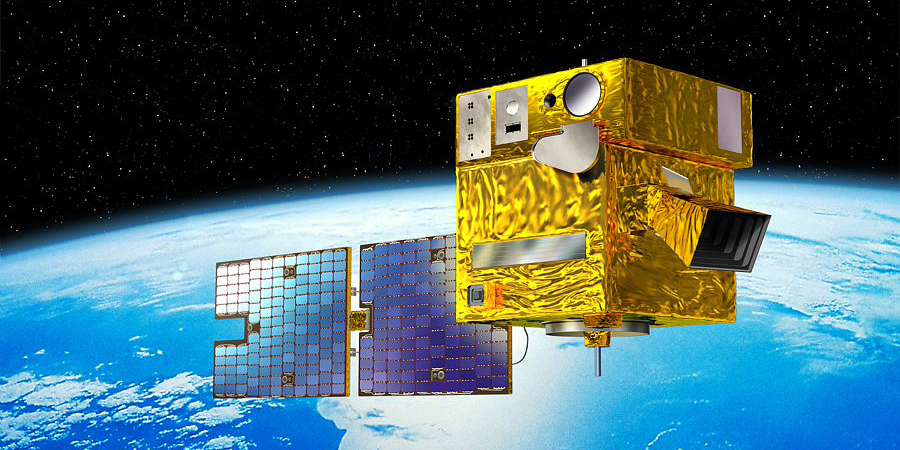Uniblitz On-board the PICARD Satellite
Launched out of Yasny, Russia in June 2010, PICARD is a satellite designed to provide absolute measurements of the total solar irradiance (TSI) and spectral solar irradiance (SSI), the diameter and shape of the sun, as well as the distance to the sun’s interior using helioseismology. In addition, measurements and images captured by PICARD during its mission has allowed scientists to further study and understand the effects of solar activity on Earth’s climate.
The PICARD payload is composed of the following instruments:
- SOVAP Solar Variability PICARD: Composed of a differential absolute radiometer and a bolometric sensor to measure the total solar irradiance.
- PREMOS Precision Monitor Sensor: A set of 3 photometers to study the ozone formation and destruction, and to perform helioseismologic observations, and an absolute differential radiometer to measure the total solar irradiance.
- SODISM Solar Diameter Imager and Surface Mapper: A telescope and CCD sensor, which allowed PICARD to measure the solar diameter and shape with an accuracy of a few milliarcseconds, and to perform helioseismologic observations.
Vincent Associates was proud to provide PICARD’s SODISM telescope with the trusted 35mm Uniblitz VS35 shutter. This VS shutter was modified and tested to withstand shock, vibration, environmental extremes, and at least 1,330,000 exposures. This special VS35’s role on board the PICARD was to provide CCD exposures at specified wavelengths.
With the shutter, PICARD took its first successful photograph of the sun on July 22, 2010. On June 5 – 6, 2012, PICARD observed the transit of Venus. The information gathered throughout PICARD’s mission was instrumental in improving scientists’ knowledge of the shape of the sun, and in addition provided an accurate measure of the sun’s diameter. For more information about the PICARD satellite, click here. Please also consider reviewing this article, “The space instrument SODISM of the PICARD mission and the Vincent Associates shutter” written by Dr. Mustapha Meftah of CNES. You can also read the complete White Paper titled “Mechanisms for Space Applications.”
The SODISM and the Uniblitz VS35

The Uniblitz VS35 aboard the PICARD is an optical shutter with an aperture of 35 mm and opening time of 18 milliseconds. Its extremely slim profile makes its integration into a space-borne system like the PICARD highly feasible. With this in mind, the PICARD is not the first spacecraft to house a Uniblitz shutter: A VS35 was a part of the SOLSE (1997) and SOLSE-2 (2003) experiment packages which were aboard Space Shuttle Columbia. In 1986, two Uniblitz VS25s, the VS35’s 25mm cousin, traveled to Venus and then encountered Comet Halley aboard the Vega 1 and Vega 2 spacecraft.
Figure 1 displays an image of the sun at 393.37 nm captured by the SODISM on August 31, 2012. This image reveals several features such as sunspots, and confirmed an increase in overall solar activity.
A shutter is a critical mechanical and electrical component with a limited lifetime – The PICARD’S VS35 had been qualified to survive a minimum of 1,329,560 exposures. Commercial off-the-shelf mechanisms usually will not work properly in space since they will likely not survive the launch loads, and they could stop functioning under the hostile conditions of space. With a dedicated program like the PICARD, it’s possible to adapt a mechanism for a use in space.
The PICARD’s mission ended on April 4th, 2014, roughly two years beyond its planned mission length. Approximately 400,000 shutter actuations occurred each year the PICARD was in operation, with around 830,000 actuations occurring from June 2010 to October 2012 alone.

